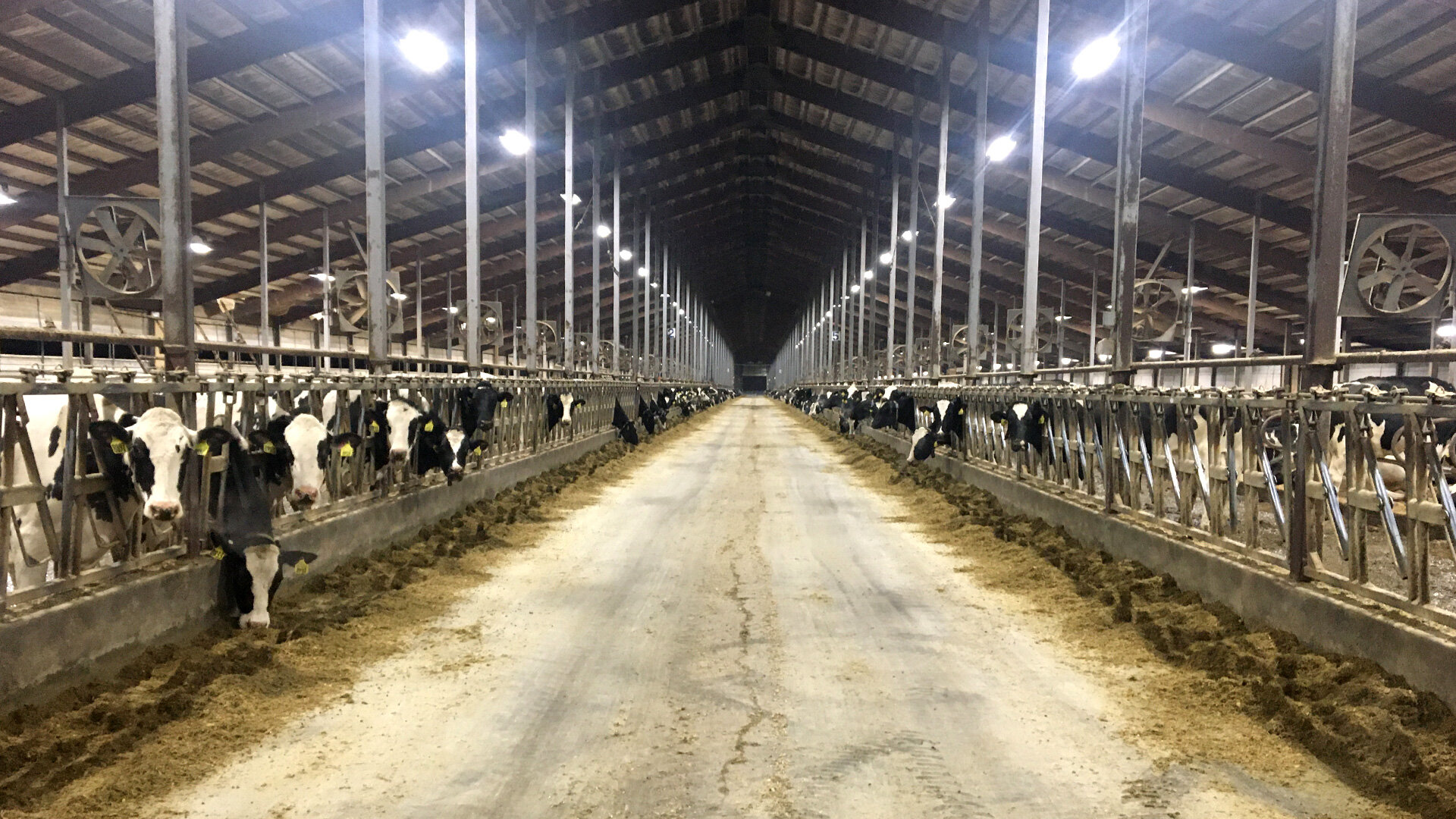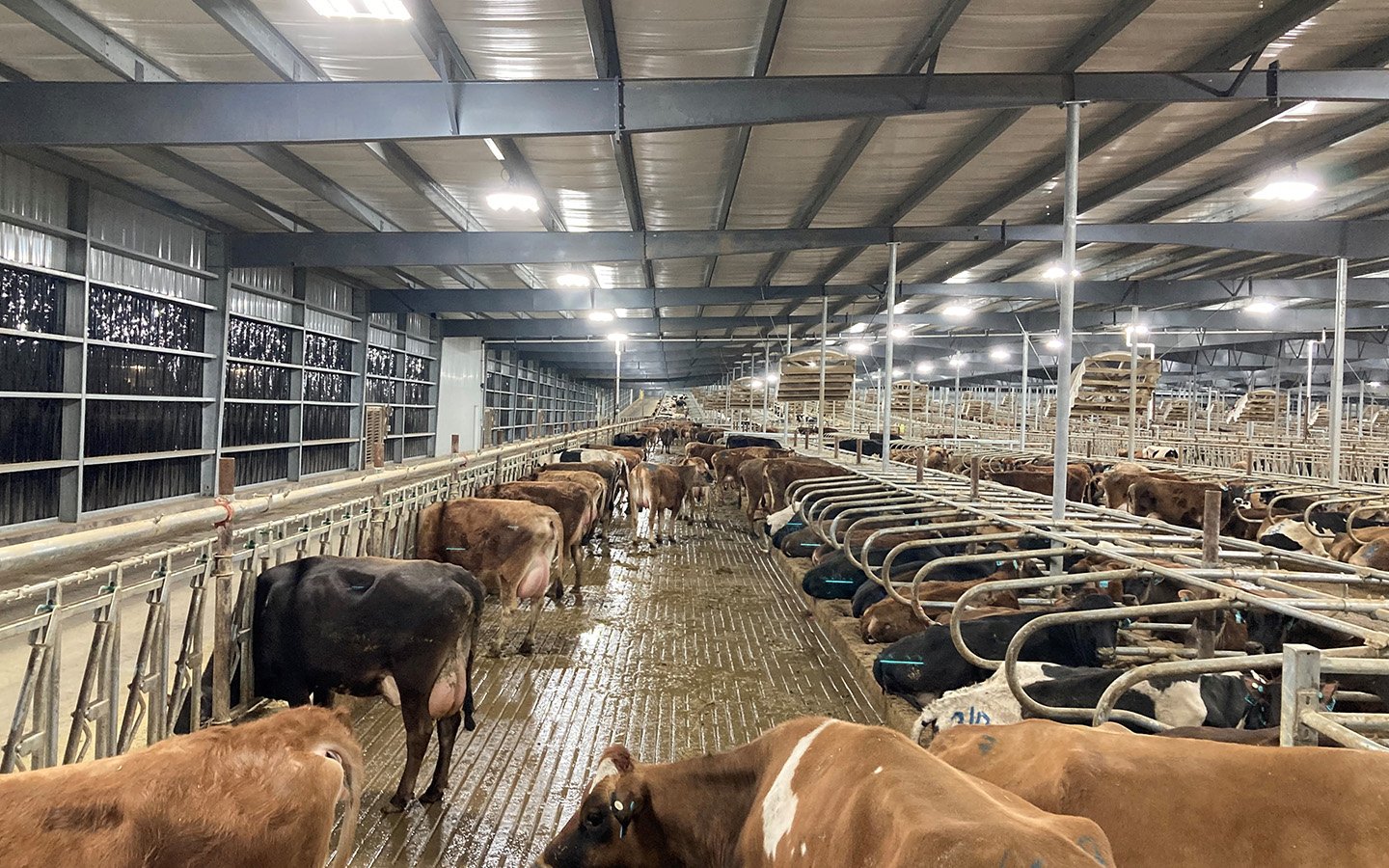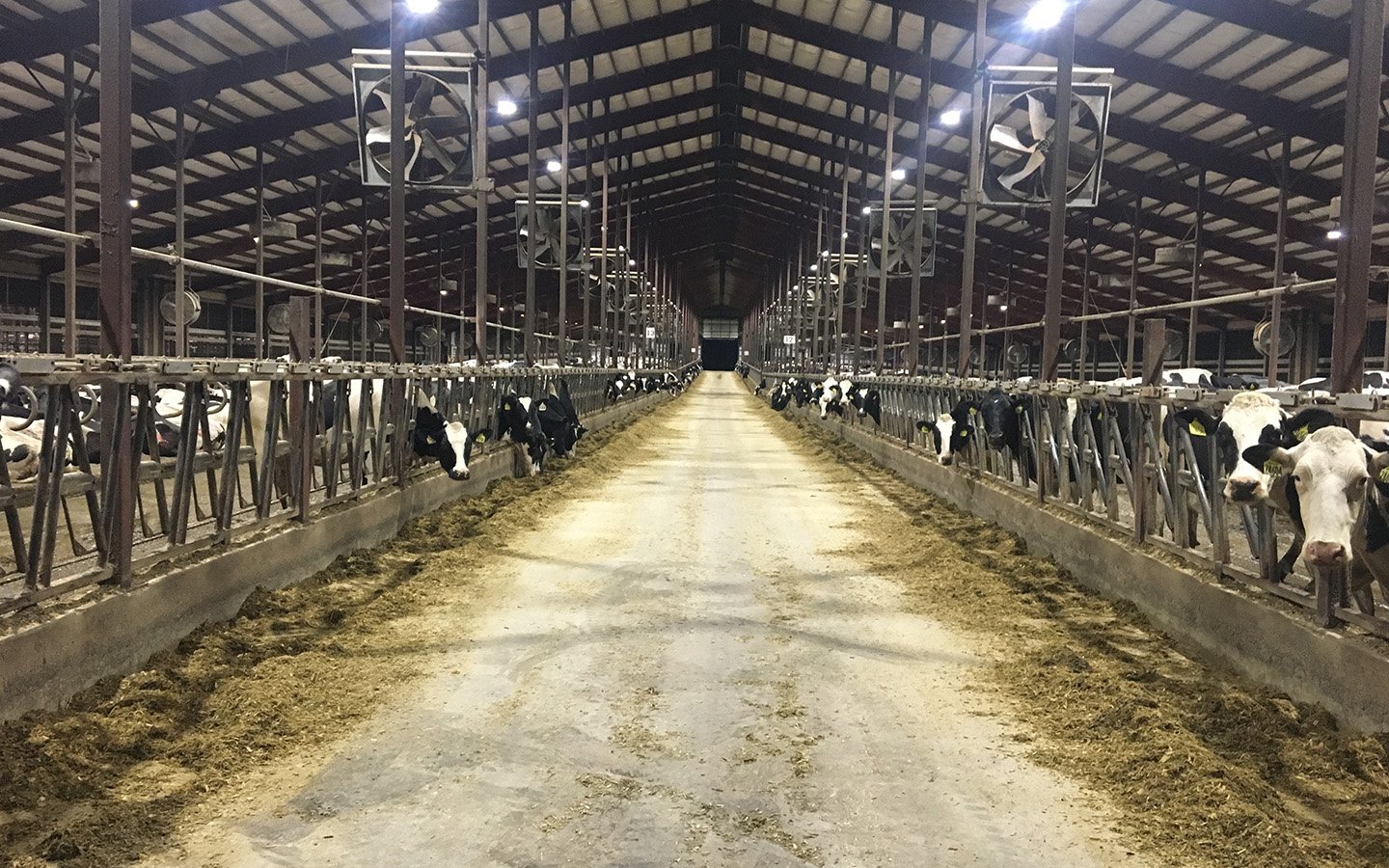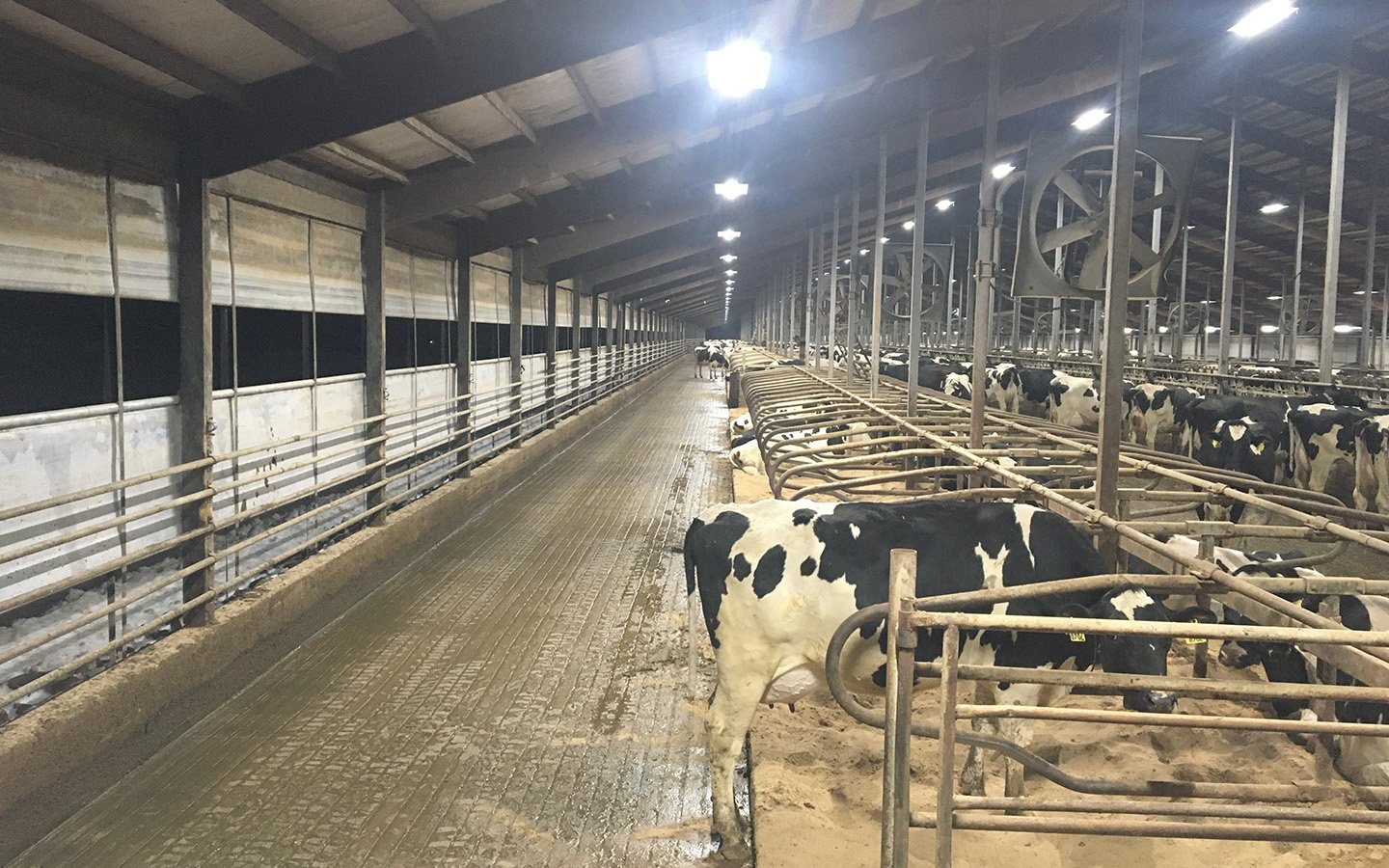
Long-Day Lighting
Lighting that helps pay the bills.
Resource Management at its finest.
Long-day lighting strengthens milk production and your bottom line. Studies have shown that long-day lighting can boost milk production.
Most dairy barns are too dark. Improving your barn lights and operating them according to a specific schedule can improve both the profitability and working conditions on your dairy farm. This technique is known as Long-Day Lighting or Photoperiod Control. It has been well researched in the past 20 years.
Benefits include:
Increased milk production
Improved heifer growth
Safer working conditions
Enhanced reproduction of dairy cows
LDL History
Over 20 years ago, research proved that long-day lighting would positively benefit milk production. Since then, many producers retrofitted their barns for long-day lighting, which improved milk production and decreased worker injuries.
Many things have changed since then, such as better light design that actually has full output on a cold day, 20-year-old lights that are not all working, and most importantly, milking more hours per day.
Brighter Lights
The recommendation is to have 15 foot-candles or greater of light everywhere in the barn. Some studies have found a response down to 10 foot-candles, but the recommendation is to start at 20-24 foot-candles.
We can not tame the dusty and dirty conditions that build up on light fixtures over time and legacy lighting caused inconsistent performance metrics needed to consistently support LDL specs, but high-powered LED fixtures have made LDL a viable solution again.
Production
Long-day lighting is effective when 16-18 hours of light follows 6-8 hours of uninterrupted darkness. What happens on many farms is that one shift of milking is during the dark period (5 foot-candles or less not – completely dark). While in the dark period from the main barn, cows are not in the parlor long enough to affect the results of this period.
Lighting Zones
Consistent strategies should be carried out through multiple locations to achieve maximum consistency. The barn, breezeway and holding area should all be set up the same to get the best results. Lights should go on and off at the same time each day and night. The heights of each fixture, wireless controls, the ability to control ambient light all need to factored into key lighting zones.
Short Days
Short days can be hard to achieve since the ideal short day is 8 hours of light followed by 16 hours of dark.
When short days are achieved, production can increase each day along with an increase in fat and protein in the following lactation.
While you might not be able to achieve true short days, using artificial lighting for less than 16 hours per day will help improve the outcome of long-day lighting.
When dry cows are in the same barn as lactating cows, dry cows over rule lactating cows.
Upgrades
Many operations are looking at upgrading their barn lights to LED’s to save on electric cost. There are many factors to consider when upgrading your barn.
The first is making sure your barn lighting is adequate. LEDs have many designs, including special fixtures, Edison base screw-in lamps, and 4-foot-tube lamps that fit in modified fluorescent fixtures.
Remember when replacing older lights with LEDs that the important part is not the watts or energy usage, but rather the lumens, or light output. Using 5K LED chips, we can get very close to natural daylighting, which is the goal.
Long Day Lighting in Dairy Barns
The University of Wisconsin Healthy Farmers, Healthy Profits Project, was granted funding by the U.S. Centers for Disease Control and Prevention’s National Institute for Occupational Safety and Health (NIOSH) in August, 2000 to research and explore the benefits of Long Day Lighting. Discover their findings by selecting Learn More.
LDL: Make it work for you.
Wisconsin Public Service (WPS) estimates the one-time lighting and installation costs are $36 to $54 per cow, or 20 to 30 cents per cow per day for the first season that long-day lighting is implemented. A recent study by the University of Maryland derived returns of 30 to 45 cents per cow per day, while a University of Wisconsin study found a daily return of 34 cents per cow. A likely profit scenario follows: With a return of 34 cents per cow per day, a $45-per-cow investment in lighting would be recovered in 132 days. If you install a completely new lighting system with energy-efficient fixtures, the project could break even in one fall/winter season.


























